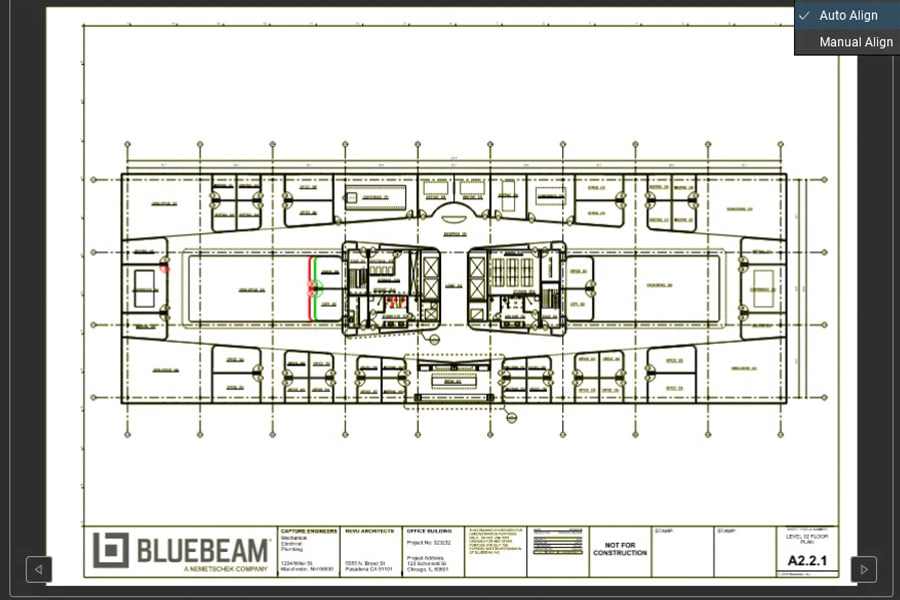Knowing what’s going on in the lead up to a construction project —and then then having the right information available to rely upon throughout its delivery—are essential elements for companies looking to source supplies and services when they plan and build anything.
With this in mind, a request for information (RFI) is a logical starting point for most construction schemes, which can include clarifying information in the contract documentation providing information that wasn’t complete at the time the contract was agreed or practically anything else.
Having the best data will ensure that a project is planned properly and delivered in a measured and accurate way.
Contractors are looking for suppliers who will provide the right materials, at the best price and delivered to a schedule that doesn’t change throughout the project.
Contractor conundrum
An RFI should be compiled when a contractor is faced with a number of potential suppliers but doesn’t have the necessary information about them.
What firms need to know can vary, and the list of things that will be required can be potentially endless. That said, some believe an RFI can be broken down into a number of primary categories:
- Design clarifications (conflicts, incomplete plans, specifications)
- Requests for a design change (often due to errors in construction, sequencing problems)
- Requests for substitutions (value engineering, material availability, ease of use)
- Constructability issues
- Differing site conditions
There are also different types of RFI. According to Indeed, RFIs can cover changes to materials, processes and installation techniques, timing of construction activities, design changes, value engineering and incomplete plans or specifications.
Indeed suggests including the project name, a brief description of the scheme, the date the RFI was submitted and a proposed deadline for a response.
Step by step
An RFI should also spell out the details of the company requesting the information and those of the entity providing it, some space for a response to the RFI, plus its date, along with any relevant attachments such as invoices, images—photos or screenshots—and a description of each, and a section for cost or construction changes.
Drawing up an RFI involves going through a series of steps.
The first task would be to gather together those individuals in an organisation who had the appropriate knowledge for the job. These would be led by someone given the role of ensuring the development was carried out and progressed in accordance with the scheme’s plans.
A plan to execute the project is important, with a timeline for when work should be undertaken and completed, along with an outline of the roles and responsibilities of the various team members.
The outline of a RFI is often done using a template, as this will ensure that nothing escapes the attention of those pulling it together.
Getting the right response
There are online templates available that can cover areas such as an introduction, spelling out the names and details of the companies involved and their specialties, together with what is being sought from the RFI—information from a range of suppliers, “which will deliver tangible value for money and best-in-class quality whilst ensuring a compatible strategic fit.”
There is then a section on how and to whom respondents—effectively suppliers—should proceed and what information they should provide, including likely prices of materials and a delivery schedule.
Confidentiality is vital, and all requests for information, along with any that is returned by way of a response, should not be revealed, other than as part of the response to an RFI.
An RFI draft is then drawn up, finalised and sent to companies that might be deemed potential suppliers to the project in question.
There are several ways to ensure that an RFI is compiled in the most effective manner possible.
What else do you need to know?
The process can start with an overview of what a contractor already knows, and areas where there is uncertainty or the need for clarification.
As the former US Defense Secretary Donald Rumsfeld famously put it, there are things that an entity quite possibly knows, things that it knows it doesn’t know, and things it doesn’t know that it doesn’t know.
It can sound confusing, but it simply means that the questions being posed in an RFI need to be specific. A well-thought-out RFI can elicit the best information and, managed properly, can produce a plan for the development of a project so that suppliers can offer security for a contractor.
And as with many areas of paperwork, time can be saved and accuracy enhanced by the use of digital technology.
Bluebeam Revu can help with the creation of documentation, subsequent mark-ups and changes, while offering the opportunity to insert hyperlinks to open websites and network files, or jump to specific pages or snapshots within a PDF. In addition, using Studio in Revu, the program’s collaboration capability, means that contractors can query other project partners if they have questions or need more information. This makes for speedier answers and resolutions to get RFIs completed faster and more accurately.















